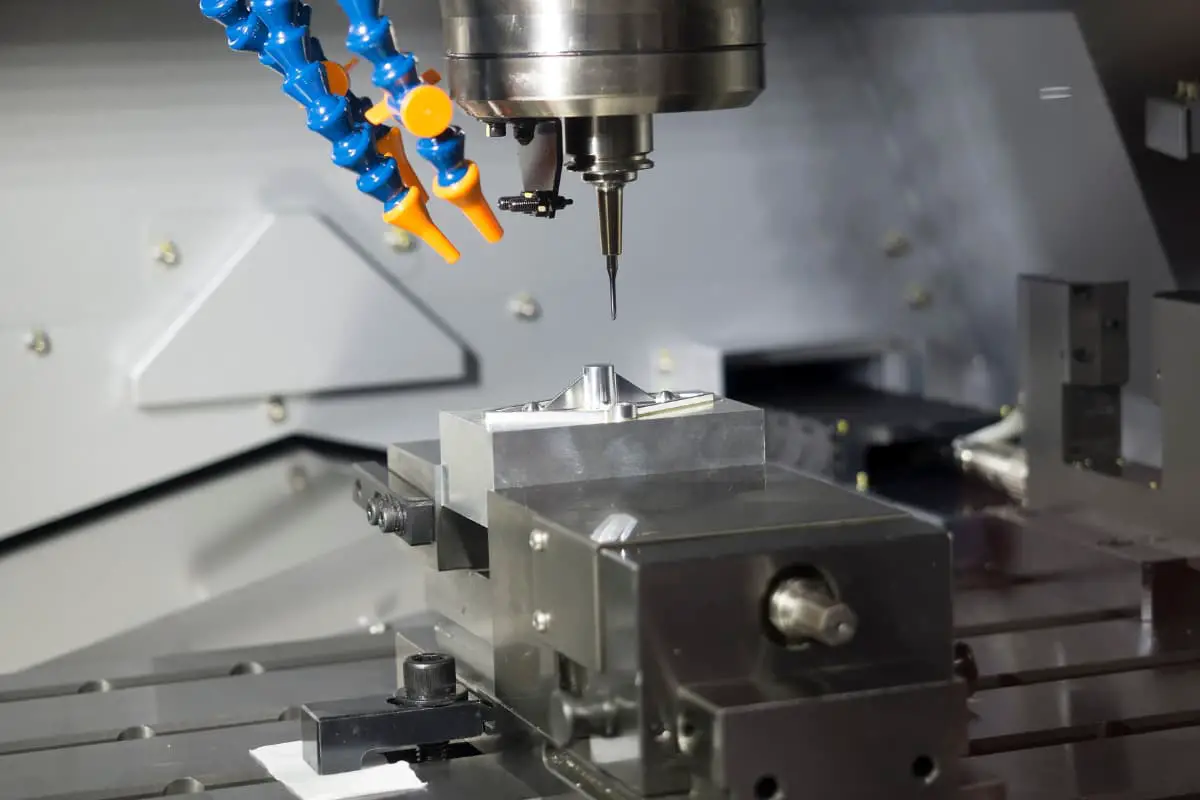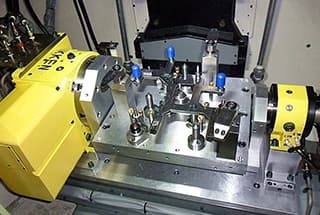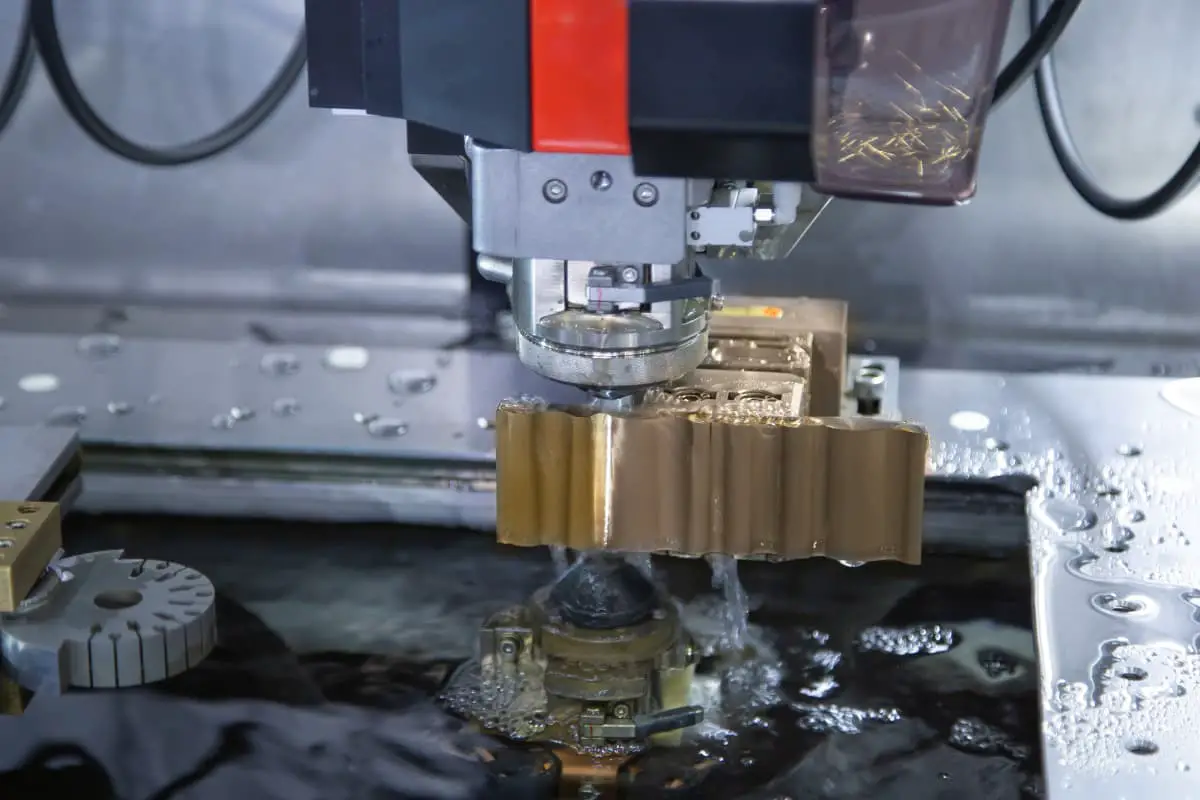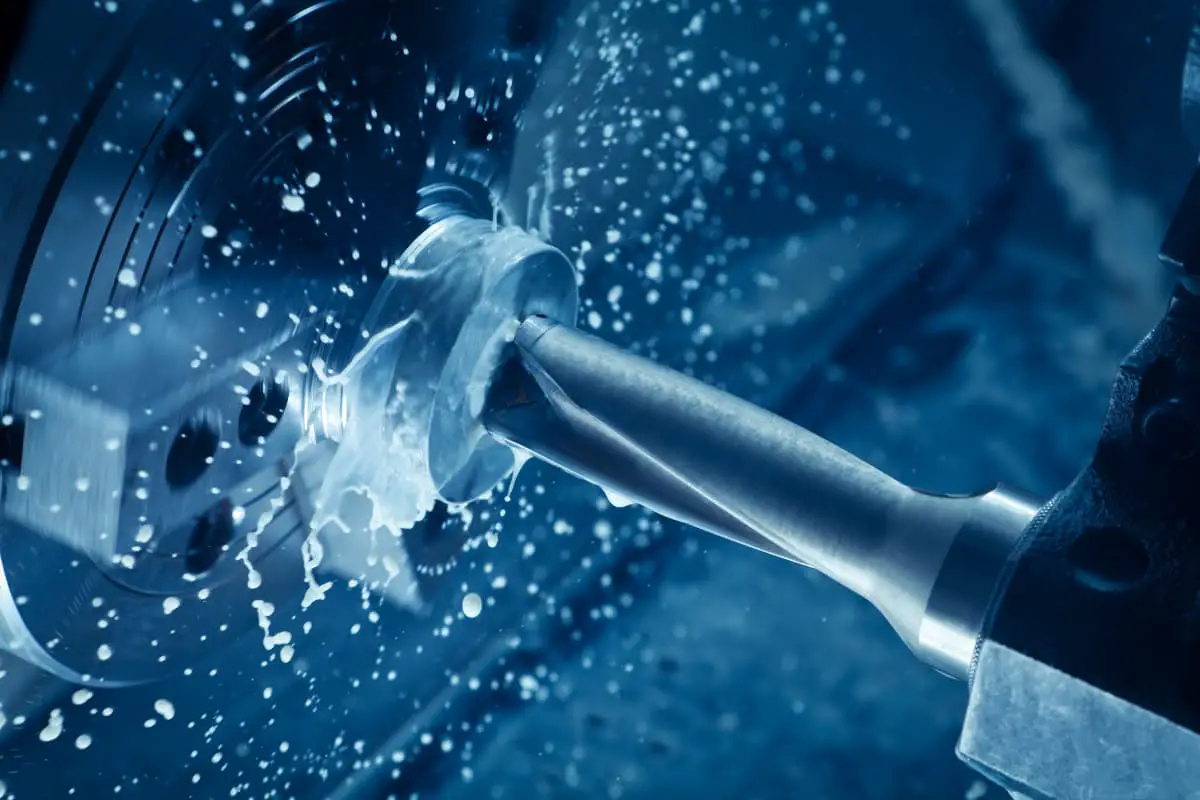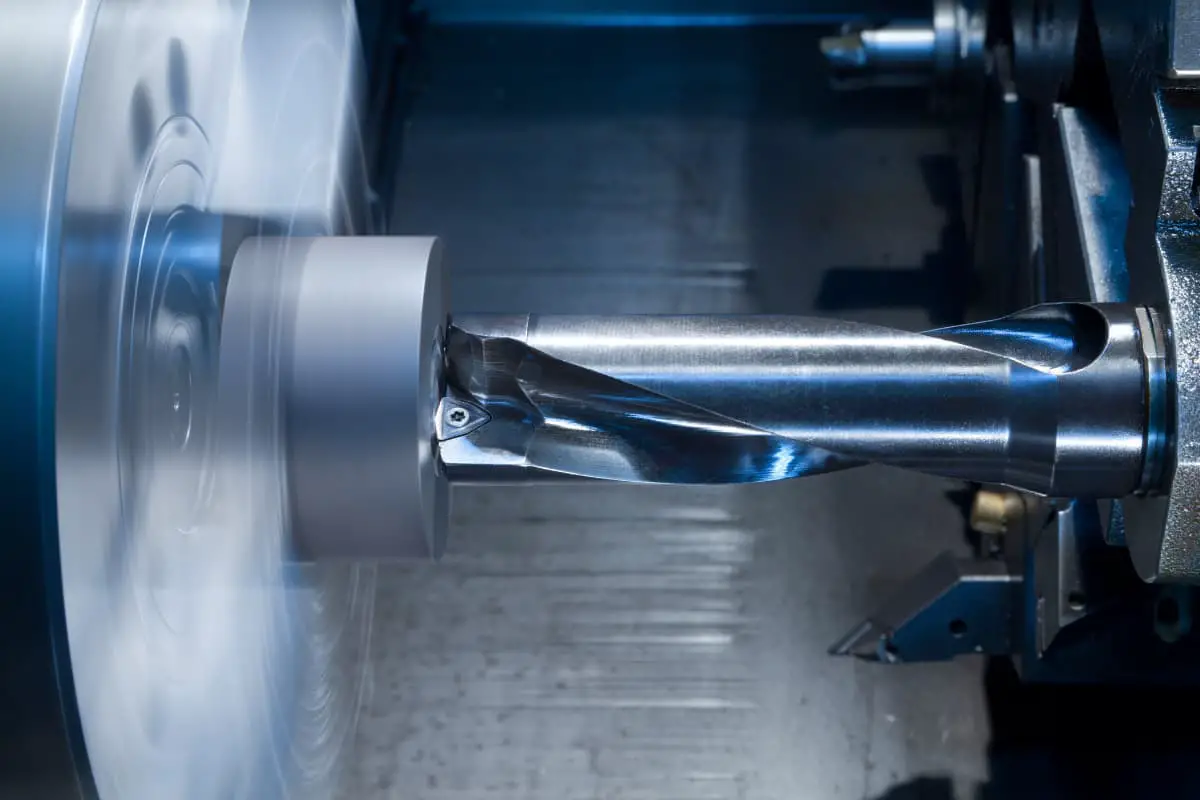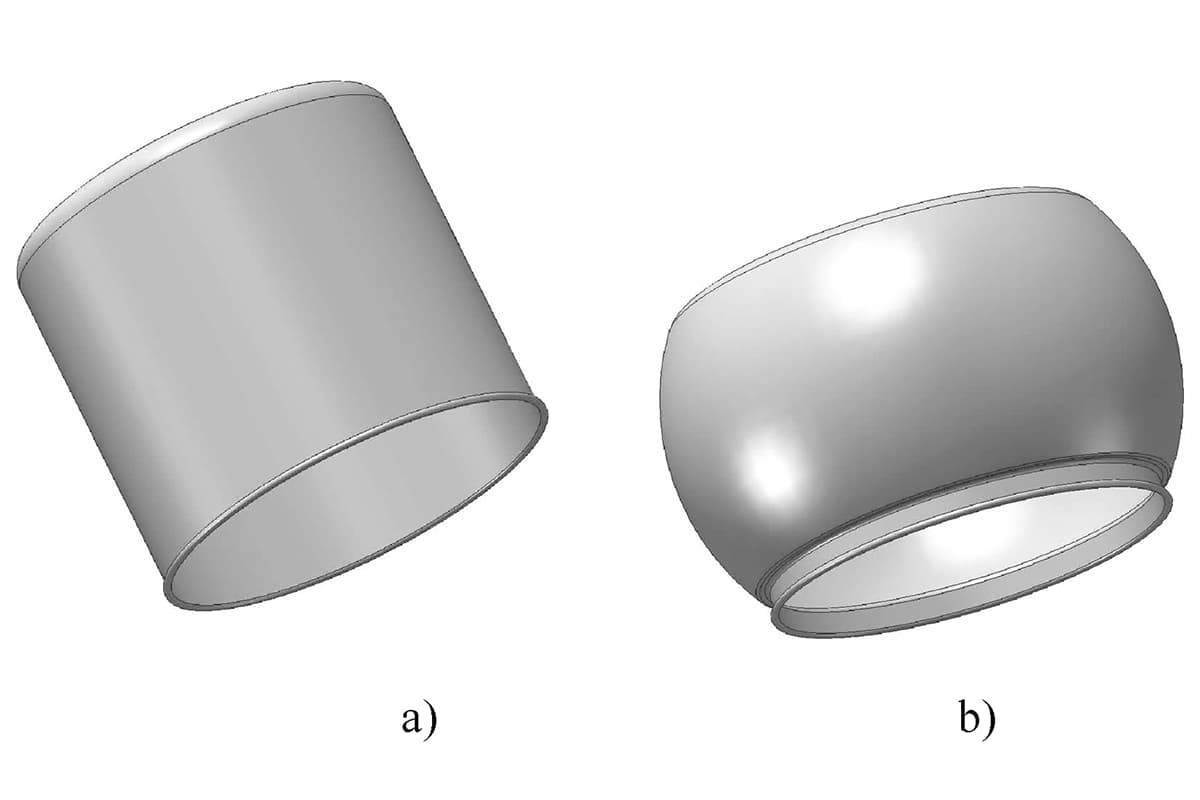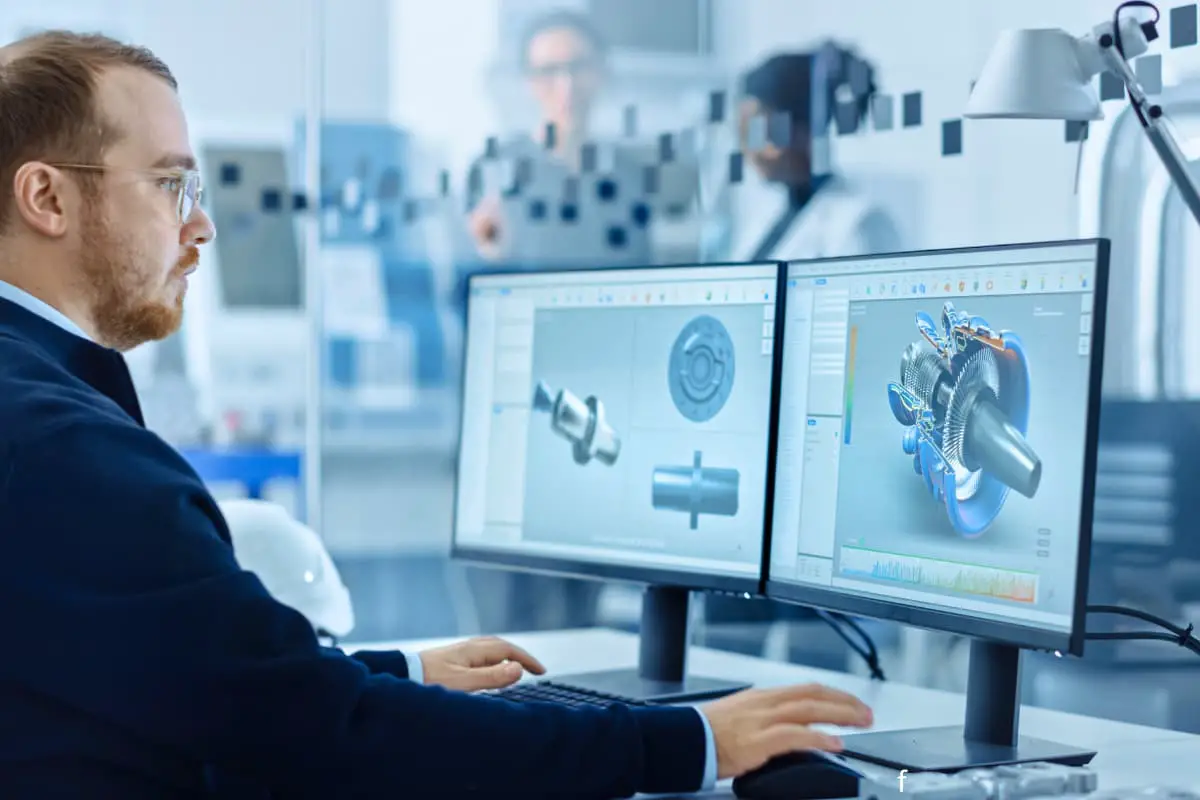

The welding workshop can generally be divided into two main parts: material preparation and assembly welding. Harmful substances generated during the material preparation process are minimal.
The assembly welding part typically includes welding, fitting assembly, temporary spot welding, testing and inspection, acceptance, cleaning, painting, and drying processes.
Different welding methods, such as manual welding, automatic welding, semi-automatic welding, carbon dioxide gas shielded welding, argon arc welding, and electric arc welding, are used depending on the product structure.
Manual welding and carbon dioxide gas shielded welding are more commonly used in general workshops. The main chemical hazardous substance generated during welding is welding fumes, followed by harmful gases. Welding fumes are the primary chemical hazardous substance in the welding workshop.
“Hygiene Standard for Welding Fumes in Workshop Air” (GB16194-1996) stipulated that the maximum allowable concentration of welding fumes in workshop air is 6mg/m3 (with the main components being iron trioxide, manganese oxide, sulfur dioxide, and calcium oxide), and the harmful gases include ozone, nitrogen oxides, carbon monoxide, fluorides, and chlorides.
Additionally, the “Industrial Enterprise Design Hygiene Standard” (TJ36-79) specifies that the manganese oxide concentration should be 0.2mg/m3, general dust should be 10mg/m3, and fluorides should be 1mg/m3.
The maximum allowable concentration of welding fumes in the welding workshop is 6mg/m3. The wind speed for manual welding should be below 8m/s, and for gas shielded welding, it should be below 2m/s. The relative humidity should be below 90%. Prolonged exposure to high concentrations of welding fumes can cause welder’s lung disease.
Therefore, addressing welding fumes in the welding workshop is an urgent problem. Controlling welding fumes should start with promoting clean processes, such as adopting welding processes with little or no fumes, developing and using low-dust and low-toxicity welding materials, and improving the mechanization and automation level of welding operations.
Additionally, a well-designed ventilation system is an effective measure for addressing welding fumes in the welding workshop.
Table 1: Chemical Composition of Welding Fume from Common Structural Steel Electrodes (%)
| Welding electrode grade | Fe2O3 | SiO2 | MnO | TiO2 | CaO | |
| 421 | 45.31 | 21.12 | 6.97 | 5.18 | 0.31 | |
| 422 | 48.12 | 17.93 | 7.18 | 2.61 | 0.95 | |
| 507 | 24.93 | 5.62 | 6.3 | 1.22 | 10.34 | |
| Welding electrode grade | MgO | Na2O | K2O | CaF2 | KF | NaF |
| 421 | 0.25 | 5.81 | 7.01 | – | – | – |
| 422 | 0.27 | 6.03 | 6.81 | – | – | – |
| 507 | – | 6.39 | – | 18.92 | 7.95 | 13.71 |
The indoor design temperature for the welding workshop during winter is set at 14℃, with an additional 5℃ heating for duty shifts. Heating is achieved through a combination of radiators and warm air blowers.
The radiators ensure the 5℃ heating temperature for duty shifts, while the warm air blowers work together with the radiators to provide indoor heating for the welding workshop during winter.
The placement of the warm air blowers should be in areas where there is more human activity, and the air streams from the blowers should be coordinated, while avoiding strong airflow towards individuals.
To prevent heat loss within the workshop, air curtains should be installed at the entrances. The heating system using radiators should be separate from the heating system using warm air blowers and air curtains.
During welding, a large amount of harmful fumes and gases are generated, which spread evenly throughout the workshop along its height.
However, there is a maximum concentration zone for welding fumes within the welding workshop, which can be referred to as the appropriate height. The values for the appropriate height are listed in Table 2.
Table 2: “Appropriate Height” Determined by Current Intensity
| Current Intensity (A) | Welding Electrode Diameter (mm) | Height of Maximum Dust Concentration (m) |
| 120 | 4 | 4 |
| 140 | 4 | 4.7 |
| 180 | 4.0~5.0 | 6 |
| 200 | 5 | 6.6 |
| 280 | 5.0~6.0 | 9.3 |
| 300 | 6 | 10 |
| 350 | 6.0~8.0 | 11.6 |
| 400 | 6.0~8.0 | 13.5 |
| 500 | 8.0~9.0 | 17 |
The exhaust system for welding fumes generally does not require purification measures and can be directly discharged outdoors.
If the exhaust system circulates indoors, purification measures must be taken, and the concentration of harmful substances in the exhaust should not exceed 30% of the maximum allowable concentration in the workshop.
In the welding workshop, local exhaust should be implemented as much as possible at the points where harmful substances are generated.
Local exhaust can be divided into fixed local exhaust systems and portable small-scale smoke and dust removal units. The control air speeds for different types of exhaust hoods are shown in Table 3.
Table 3: Control Air Speed for Different Types of Exhaust Hoods
| Type of exhaust hood | Controlled air velocity (m/s) | |
| Ventilation cabinet | 0.7 | |
| External exhaust hood | Side suction | 1.0 |
| Bottom suction | 1.0 | |
| Top suction | 1.2 | |
When the welding positions in the workshop are not fixed and local exhaust hoods cannot be used, comprehensive ventilation should be implemented.
Comprehensive ventilation is a type of dilution ventilation that uses clean outdoor air to dilute harmful substances indoors and exhaust them outside.
The effectiveness of comprehensive ventilation depends on sufficient ventilation airflow and proper airflow organization.
The exhaust airflow for comprehensive ventilation is determined based on the consumption of welding electrodes. However, in the absence of this data, the exhaust airflow can be calculated as 3500m3/h per welding point.
In terms of addressing the hazards of dust and toxic substances in the welding workshop, if ventilation measures can meet the requirements for the highest permissible concentration of welding fumes, the concentrations of various harmful gases generated during welding operations can also be reduced below the maximum permissible concentration. The exhaust airflow for domestically produced welding electrodes can be found in Table 4.
Table 4: Exhaust Airflow for Domestically Produced Welding Electrodes
| Grade | Exhaust airflow (m3/kg of welding electrodes) |
| T-46 | 2000 |
| T-47 | 2500 |
| T-48 | 4000 |
| T-49 | 4500 |
| T-45 | 2000 |
| T-51 | 4500 |
| TU-55 | 2000 |
| Stainless steel welding electrode | 3000 |
The consumption of welding electrodes can be estimated approximately based on the following indicators when data is lacking:
3.4.1 Natural Ventilation
In areas of China where centralized heating is not available, comprehensive ventilation can be achieved using skylights and ridge ventilators. Single-span workshops are easier to organize for natural exhaust ventilation compared to multi-span workshops.
However, when the height of the factory building significantly exceeds the appropriate height, and when the area where the factory is located experiences more than half the year of rainy and cloudy days, mechanical ventilation should be added.
For small welding quantities and shorter heights, single-span workshops located close to the outer walls can utilize high side windows for comprehensive exhaust ventilation.
3.4.2 Mechanical Ventilation
1) Ducted Exhaust:
Exhaust ducts are horizontally laid above the welding area in the workshop, with exhaust outlets installed at appropriate heights. The ducts are connected to exhaust fans to discharge air outdoors.
Mechanical makeup air is also provided, with 50% to 80% (taking the upper limit in extremely cold regions and the lower limit in general regions) supplemented by mechanical makeup air from air conditioning units, while the remaining makeup air naturally infiltrates through door and window gaps.
In heating regions during winter, mechanical makeup air often utilizes air conditioning units with a heating section. The heat supplied by the heating section of the air conditioning unit does not account for the indoor heat load. The heat Q of the heating section is calculated as follows:
Q = Heat consumption of workshop exhaust + Heat consumption from cold air infiltration through door and window gaps + Heat introduced by the heating section of the unit (from room temperature to supply air temperature)
When supplying air to the workstations within 2 meters or up to 2 meters, the supply air temperature should not exceed 45°C or be lower than 25°C, and the outlet velocity should not exceed 1.5 m/s to 2.0 m/s. The supply air outlets should be positioned as low as possible and close to the welding area.
In non-heating regions, mechanical makeup air in winter does not require heating, so fan makeup air can be directly used to save workshop space. The fans can be installed using suspension methods.
The makeup air should be directed away from the welding area, allowing the airflow to flow towards the welding area. The airflow velocity inside the ducts should be between 6 m/s to 14 m/s (for steel ducts).
For workshops in heating regions with high exhaust airflow, if conditions permit, sensible heat recovery devices (such as metal rotary air heat exchangers) can be used to recover heat from the exhaust air and supply it to the makeup air.
2) Roof Ventilation Fan and Jet Fans for Exhaust:
When there are no skylights in the welding workshop, roof ventilation fans can be installed on the workshop roof for top exhaust. This method alone may not directly exhaust the smoke and dust at appropriate heights in the workshop, so several jet fans can be installed on the columns in the workshop to disturb the air and assist the roof fans in exhaust.
Mechanical makeup air is also needed, following the same method as ducted exhaust (see Figure 1).

3) Roof Ventilation Fan Exhaust:
When there are no skylights in the welding workshop, roof ventilation fans can also be installed on the workshop roof for exhaust. However, a duct needs to be extended from the roof fan down to the appropriate height in the welding workshop to remove a large amount of welding fumes accumulated at the appropriate height for exhaust. Mechanical makeup air is also needed, following the same method as ducted exhaust.
4) Welding Fume Purification Unit: Welding fume purification units are installed on the columns in the welding workshop. The workshop air containing welding fumes enters the unit from the rear, passes through filters to remove the fumes, and is discharged from the front.
5) Axial Fan Exhaust: For single-span, small-area, low-height workshops or when the welding area is located near the outer walls of the workshop, several axial fans can be installed at higher positions on the external walls near the welding area for exhaust. This method is commonly used in small businesses.
Therefore, when designing ventilation for welding workshops, a combination of comprehensive mechanical ventilation, local mechanical exhaust, and comprehensive natural ventilation should be considered based on actual conditions.
Wall-mounted electric fans and portable electric fans are commonly used methods for cooling and improving the working environment in the workshop during summer.
When considering intake and exhaust airflow in single-span or multi-span welding workshops, natural intake should be from both sides through doors and windows, mechanical makeup air should be provided to the welding area, and horizontal ducts for mechanical exhaust should be installed above the welding area or roof fans should be installed on the roof to facilitate airflow movement in the workshop and more effectively remove welding fumes generated during welding.
1) The management of welding fumes in welding workshops has long been a challenging issue. The author believes that a combination of local exhaust and comprehensive ventilation, especially the use of horizontal ducts laid above the welding area for comprehensive mechanical exhaust when conditions permit, is currently an effective method.
2) With technological advancements, an increasing number of newly constructed large-scale welding workshops are using aesthetically pleasing lightweight steel roofs. This requires close coordination with civil engineering professionals when installing roof ventilation fans and suspended ventilation fans to address equipment load-bearing and vibration issues.
3) For users, the correct use of local exhaust and comprehensive ventilation equipment is also essential for ensuring air quality in the workshop.

As the founder of MachineMFG, I have dedicated over a decade of my career to the metalworking industry. My extensive experience has allowed me to become an expert in the fields of sheet metal fabrication, machining, mechanical engineering, and machine tools for metals. I am constantly thinking, reading, and writing about these subjects, constantly striving to stay at the forefront of my field. Let my knowledge and expertise be an asset to your business.




